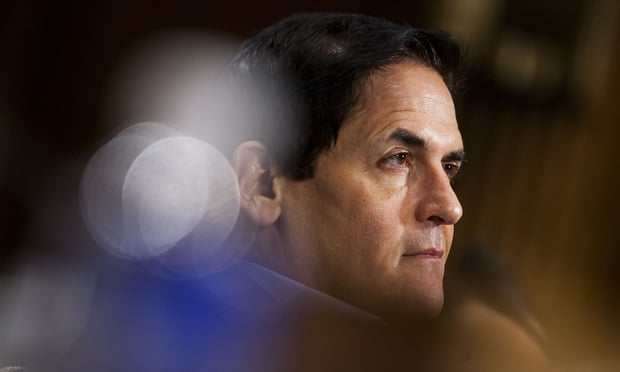"Traditional" health care benefits vs. consumer-directed benefits—that is the question.
Many employers and employees are grappling with the question of which plan is the best value for their company or for their family.
With the Patient Protection and Affordable Care Act continuing to roll out, the confusion of one plan vs. a second vs. a third is multiplied. However, one thing remains clear: more employers are choosing consumer-directed benefits.
Recommended For You
According to the 18th Annual Towers Watson/National Business Group on Health Employer Survey on Purchasing Value in Health Care, account-based health plans are the only health plans that are on the rise. They are increasing in popularity in part due to an excise tax inside PPAC that's scheduled to take effect in 2018.
Consumer-directed benefits are a strong piece of the ABHP puzzle to help companies deal with the increasing price of health care. Not only have employers adopted CDBs to control their costs and in response to the Affordable Care Act, they are easing the transition to this new model by subsidizing the premiums and contributing to health savings accounts or health reimbursement arrangements, the popular companion plans that often accompany the CDB.
These moves can mean savings for both the company and the workers. And there's more than just one type of savings. Here are three examples of the types of savings that CDBs can provide for both employers and employees:
1. Insurance savings
Companies that successfully move employees into ABHPs save big, according to the Towers Watson survey. The research shows that companies with 50 percent or more of its workers that use HSAs and other consumer-directed benefits report total costs per employee of more than $1,000 lower than companies without these types of health plans.

2. Tax savings
This one is a no-brainer. HSAs, HRAs, and other tax-advantaged accounts are just that: tax-advantaged. Employees keep more of their money; employers keep more of their money. It's a win-win.
3. Health savings
The savings here are a two-fer. Many companies are using positive employee actions and incentives to help get its workforce healthier. For the employee, that could mean additional incentive dollars into an HSA or other incentives, such as exercise equipment or gift cards, but the real health savings is the "health." Healthier workers mean less health dollars spent by the company, and the health savings emphasis here is the "savings."
The benchmark Towers Watson is using for which companies are out performing others is the affordability for both employers and employees. The report shows that the best performers, those companies working toward bigger use of CDBs, are set up for long-term success. These companies are learning how to make the Patient Protection and Affordable Care Act not only affordable for their employees but also for themselves.
© 2025 ALM Global, LLC, All Rights Reserved. Request academic re-use from www.copyright.com. All other uses, submit a request to [email protected]. For more information visit Asset & Logo Licensing.







